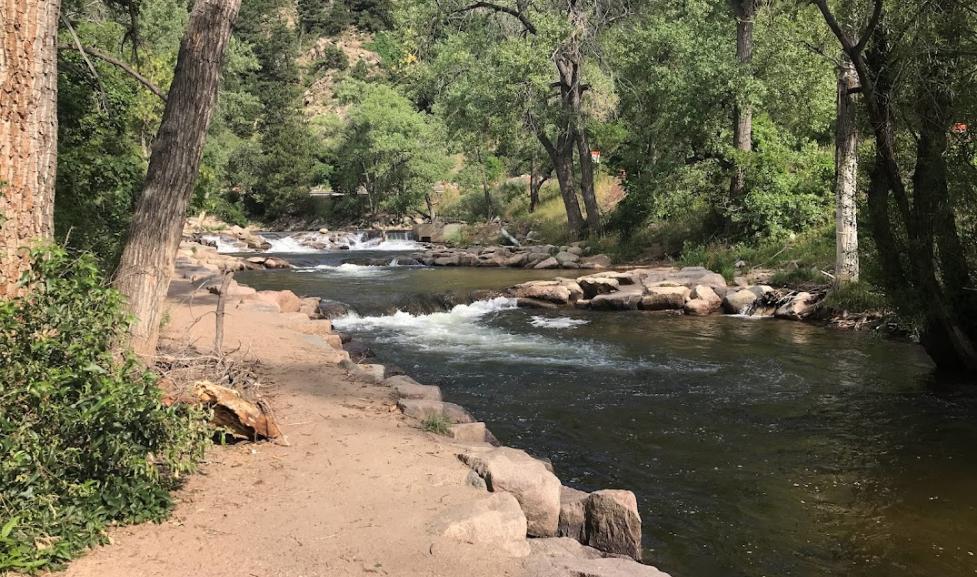Project Overview
The City of Boulder’s streams and riparian areas are valuable ecological and community resources. Environmental stewardship and responsible development are the guiding principles behind the city’s management of these areas. The City of Boulder’s Utilities Department is partnering with the Mile High Flood District to conduct a stream condition assessment along 47 miles of streams within Boulder (Project Area Map).
The goal of this project is to assess stream and riparian zone (area immediately adjacent to streams) conditions throughout the city. The assessment will be used by the city to prioritize maintenance actions and restoration activities to improve the condition and function of Boulder’s streams and riparian areas.

